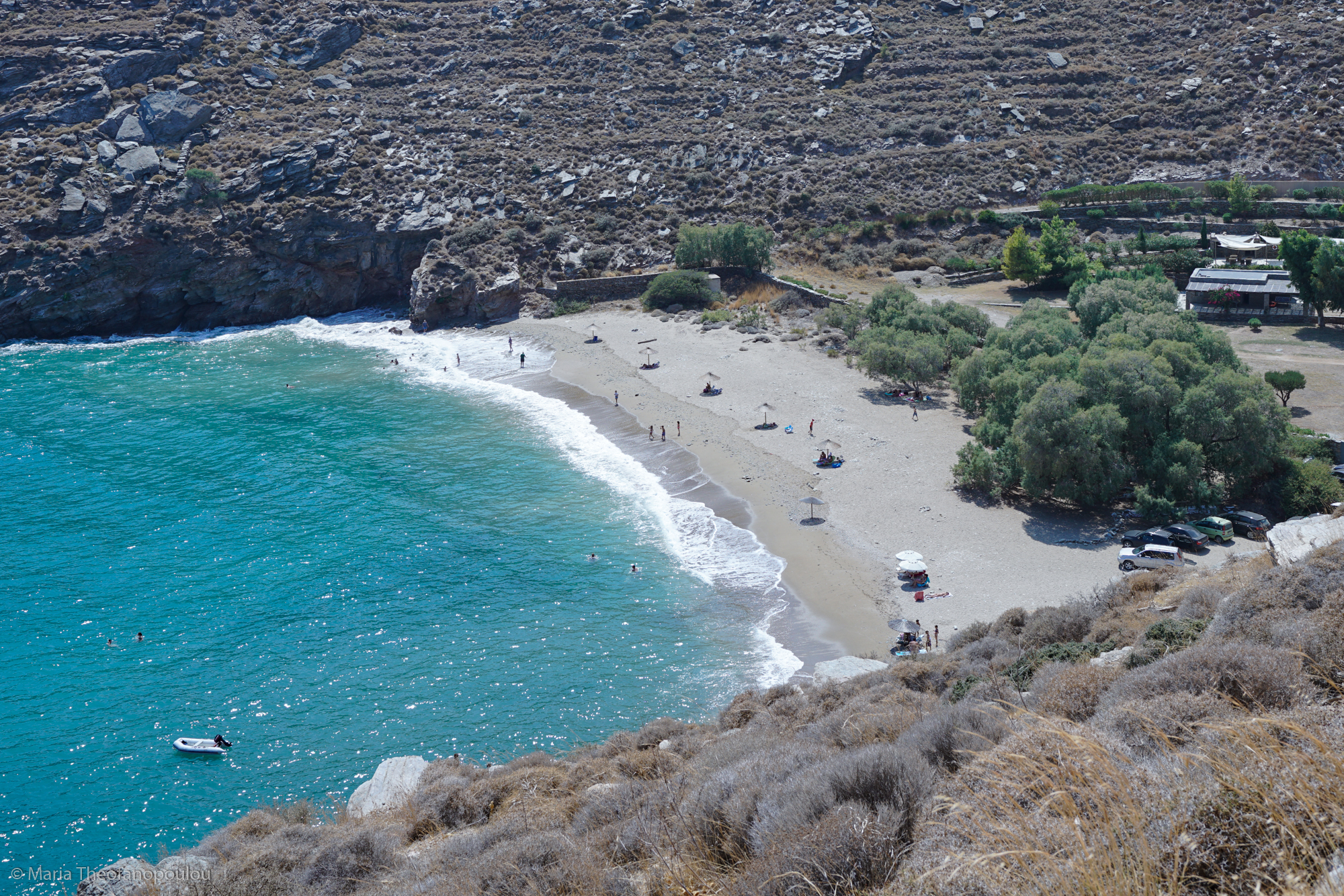
About Kea
One hour ferry ride and less than 2 hrs from Athens airport, it is very close and at the same time very far from civilization. Our Kea, if you are the exploring traveler, is a place where you can still “peek” into a long forgotten Greece of the 1960’s. If you leave the main port and head to the Central Eastern side, the local farmers use donkeys for carrying water from water springs, they grow tomatoes, zucchini and eggplants, which they sell, as well as high quality thyme honey. There are cows taking a stroll (sometimes on the road), sheep and goats grazing and jumping here and there, like naughty children. You can see sparsely populated villages with stone houses “kathikies”, which blend into the landscape, some populated and others deserted. Both sandy and pebbly beaches circle the island and one can always find peaceful waters, regardless of the wind’s direction (Sykamia, Spathi, Koundouros, Kalydonychi, Xyla etc.) Some have trees or caves offering shade, while others offer sunbeds or a seaside taverna.

Beaches
The prevailing wind in the summer is the “Meltemi”, a northeast wind blowing mostly during the day. Kea has many beaches, all around the island, so you will always find a beach that is not windy. We are mentioning beaches, where a regular car can go, with some care.LEARN MORE

Hiking Trails
For the hiker and lover of wild nature, the area of East & Southeast Kea is included in the European NATURA 2000 network, as a place of supreme environmental significance. Within this area, there are Vallonea oaks, herbs and rare indigenous plants, such as mandrakes and hemlock.LEARN MORE

History and Archaeology
Kea has a long and interesting history, going from glory to decline many times through the centuries. It has been inhabited since Neolithic times. The settlement at Ayia Irini near Vourkari played an important role in the Early Aegean Civilization: in the sixteenth century B.C., Ayia Irini served as the hub between the Minoan and Mycenaean worlds, emerging as an important center for trade and culture. LEARN MORE
